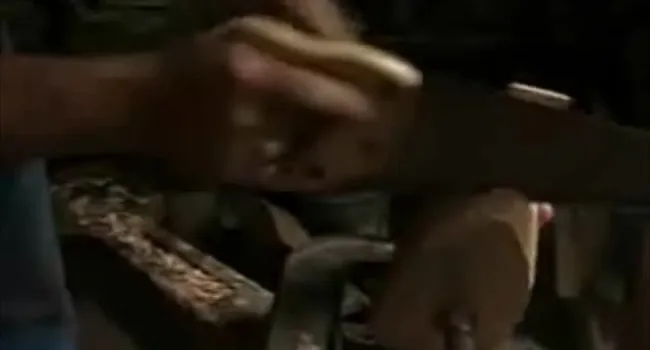
Video
To float properly, the body of the duck must be hollowed out with a hand drill and chisel. Buoyancy and stability are achieved by combining a hollow interior with lead weights applied to the underside...
Every year, the beaches, marshes, and other Coastal Zone features of South Carolina attract millions of tourists and billions of tourist dollars. For many, vacationing at the beach is not enough. The palmetto-lined streets, moss covered oaks, and serene inlets of the coast are home to fastest growing population in the state. As the suburban population sprawls, historic cities like Charleston and Beaufort struggle to maintain their identities. The cultural landscape of the coast is shaped by traditions passed down from sea island slaves from west Africa and a history of seafaring and trade. After hundreds of years, coastal seaports still bustle with international trade ships, Navy fleets, fishing boats, and curious visitors.
Meet artists from the Coastal Zone of South Carolina below. Please note many of the web videos include transcripts. The artists are trained professionals who often use tools not considered safe for inexperienced users. Please review the safety disclaimer.

Video
To float properly, the body of the duck must be hollowed out with a hand drill and chisel. Buoyancy and stability are achieved by combining a hollow interior with lead weights applied to the underside...
Video
When Arianne is satisfied with a layer of color, she "blocks" the layer with a coat of melted wax. The dried wax prevents new layers of color from entering areas that are complete.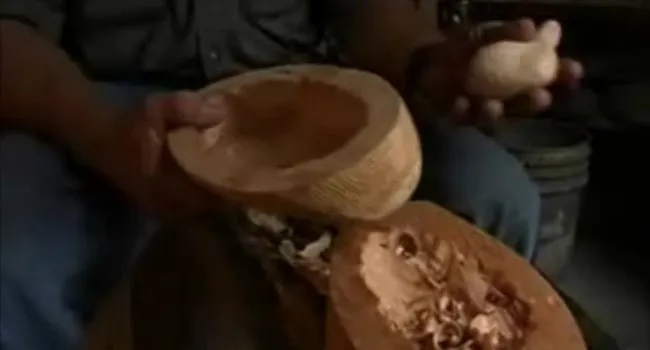
Video
After the body is hollowed, Tom attaches the carved head of the duck. Tom takes care to attach the head at an angle that appears natural and in keeping with the attitude of the body. After the head is...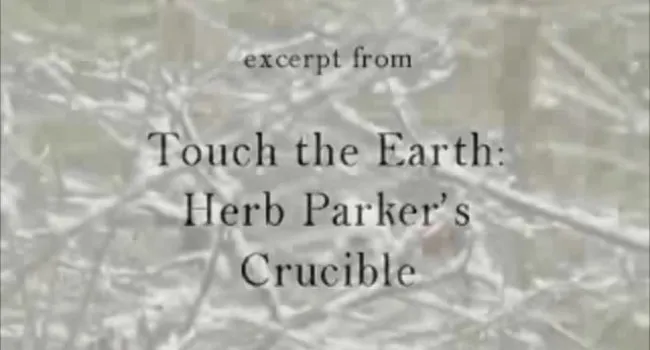
Video
Crucible was one of the first installations in Clemson University's Nature-Based Sculpture Program. After ten years of exposure to rain, snow and pedestrian interaction, Herb Parker began a project of...
Video
Arianne finishes her piece with her "signature," an application of indigo dye that creates the blacks and deep blues of her work. A finished batik is rich with patterns, dark and light colors, and...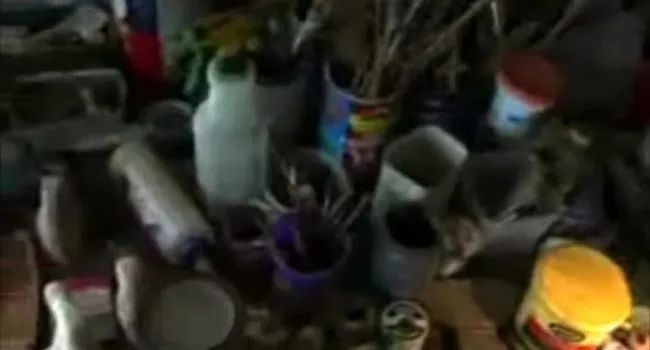
Video
Decoy makers use field guides, photographs, and duck mounts as references for painting their decoys. Tom mixes ordinary house paints to achieve the unique colors of many species of waterfowl. After...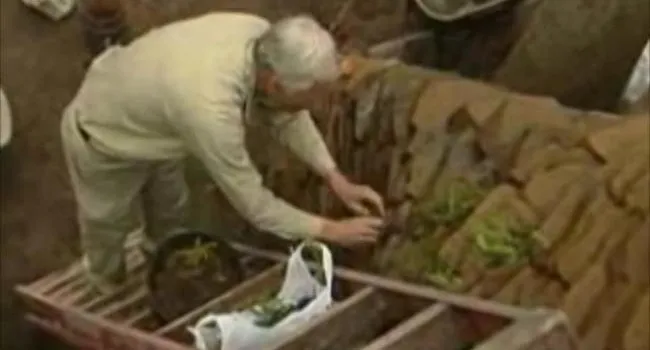
Video
Exterior revisions to Crucible involved adding a sturdy, stacked stone layer to its dome and a covering of native plants such as ebony spleenwort and sheet moss. The following video features Clemson...
Video
Adesola Falade processes indigo and designs fabrics for Arienne’s studio and boutique, the Ibile Indigo House. Ibile (pronounced E-be-lae) is a West African word meaning, "those who are messengers...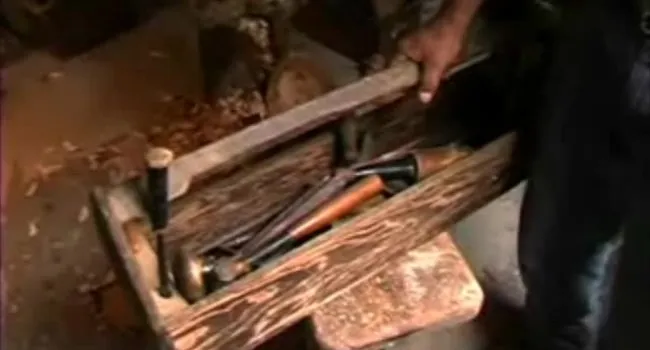
Video
Tom's toolbox is a museum of traditional woodworking implements. It contains a 150-year-old drawknife, a hatchet, his father's wood rasp, his grandfather's brace and bit, a mallet of resilient...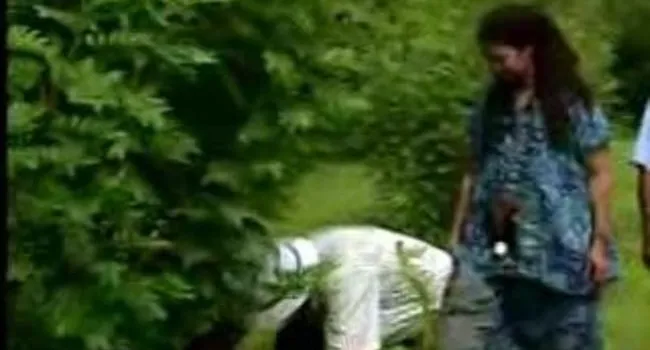
Video
Indigo was grown extensively on the Sea Islands from the middle 1600s - late 1700s. Blue stained hands were a mark of slaves in the dye making and application trade. Though synthetic dyes are now used...